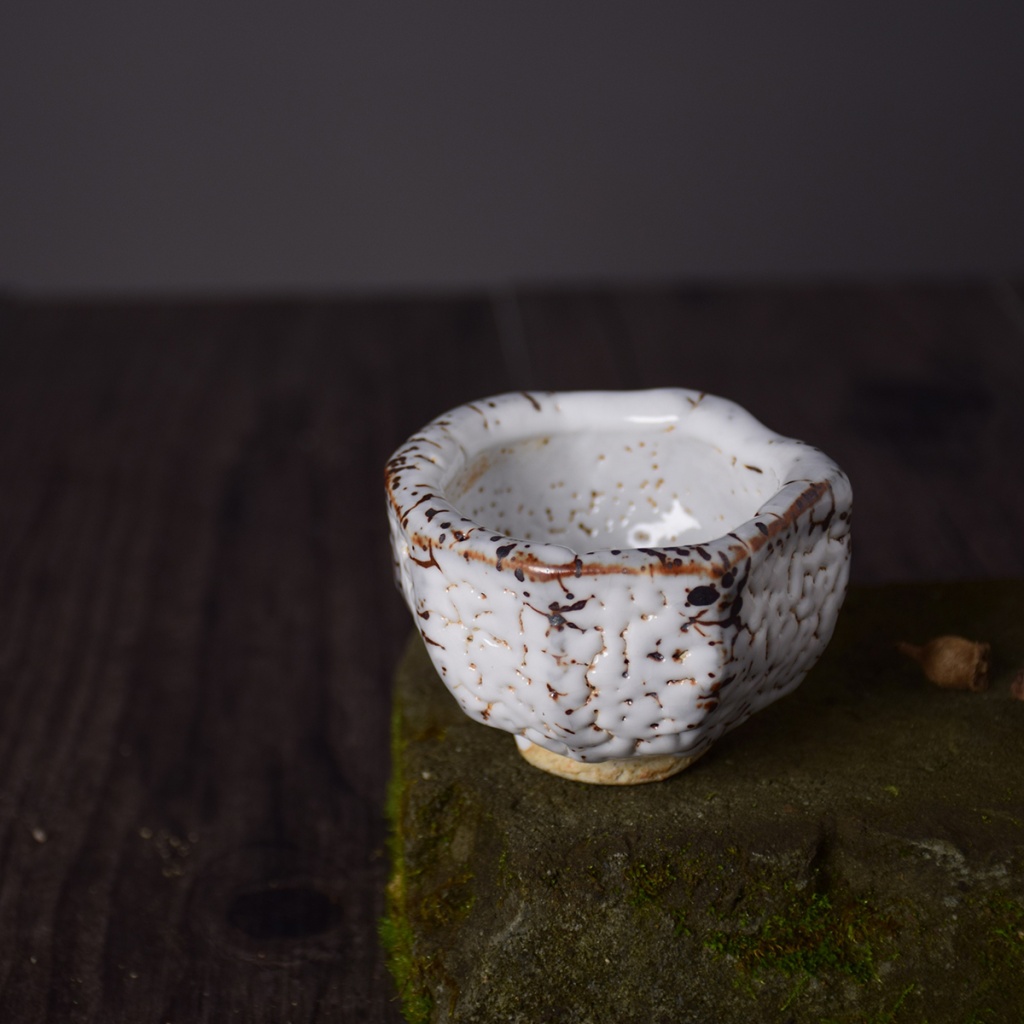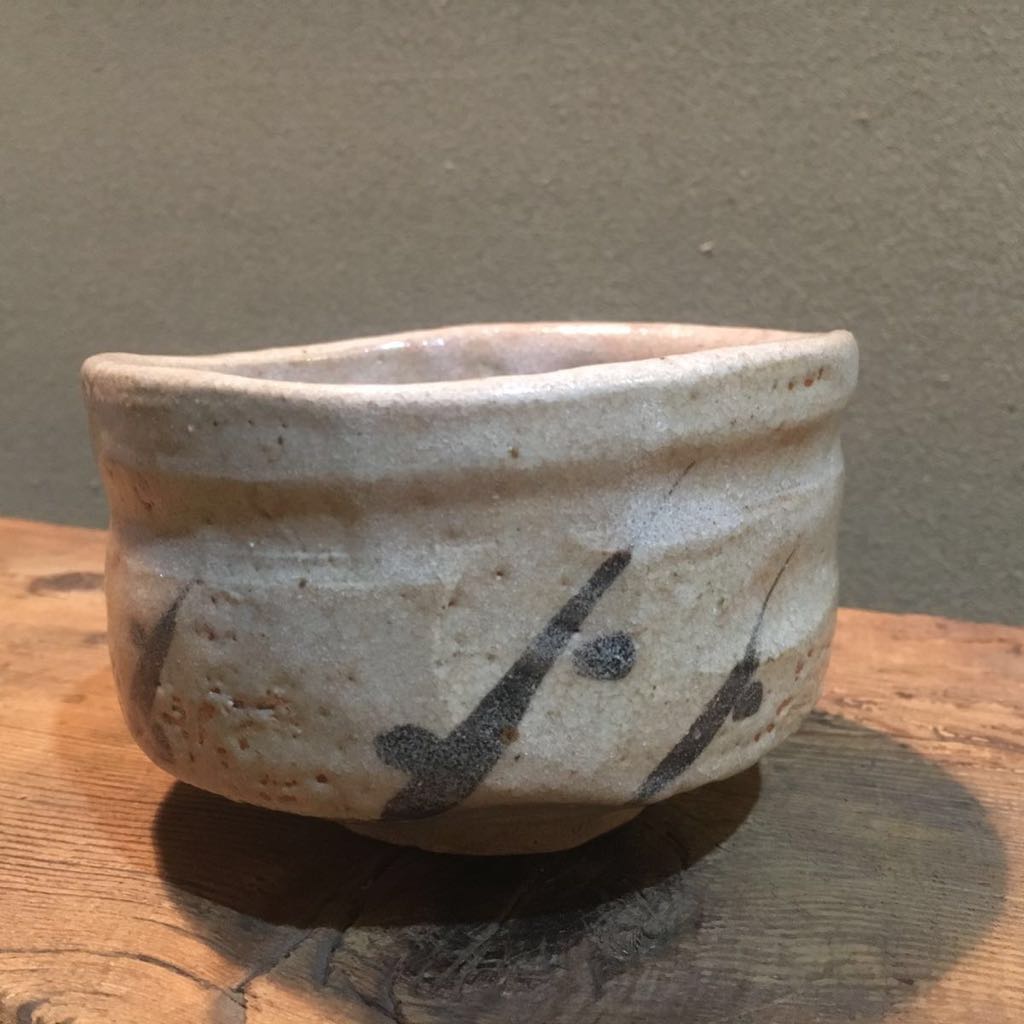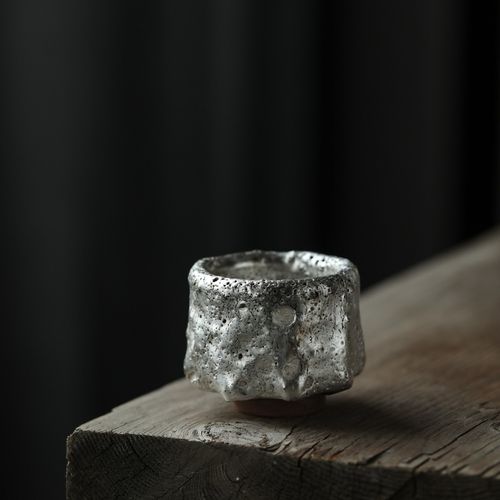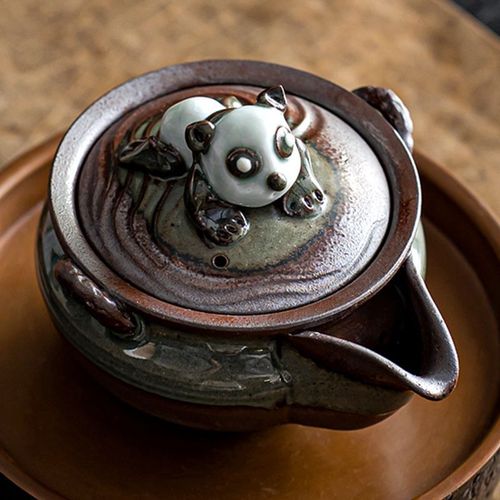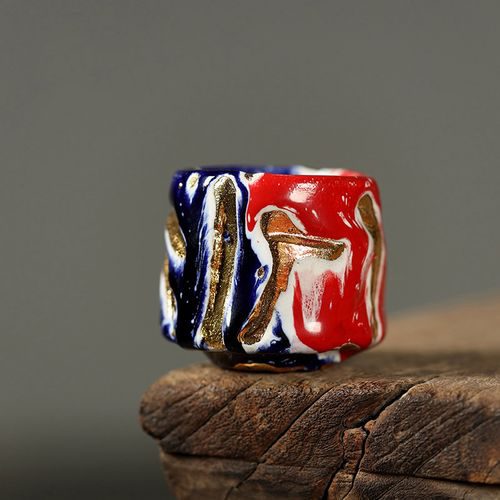Japanese Shino Pottery
Shino (shino-yaki) is a distinctive style of pottery that emerged in the 16th century in the historical provinces of Seto and Mino in Japan. This area is now the southern part of Gifu Prefecture, which is located in the central Chubu region of the country.
Today, products in this style are produced not only in Japan. They are loved in China and around the world. Shino or in Japanese 志野 (志野焼) refers to a single group of several sub-styles, such as:
- Muji Shino - white glaze is used;
- Beni Sino - safflower or yellow-orange glaze;
- Aka-Shino - red glaze;
- Nezumi Shino - products with grey glaze;
- E-Shino - painted style, glaze decorated with a pattern.
The Shino style is directly applied to the production of clay pottery for the tea ceremony.
The main features of the Shino style
Such dishes have thick walls, the outside of which is abundantly covered with an uneven layer of milky-white glaze (glaze of different natural shades can be used). The peculiarity is that the texture of the glaze has inclusions in the form of small holes or holes, "suan". In addition, some products have noticeable red or brownish scorch marks. Such products are called "yuzuhada" by tea ceremony masters. Which means "citrus peel". And indeed, it looks like an orange peel.
There is Shino, decorated with paintings in the form of plant motifs: branches with leaves, bamboo canes, grass, shoots, etc.
Despite the fact that the walls of the bowls are thick and the shape is squat, the Sino dishes themselves are light. These bowls look a little careless, but that is their charm. This design gives the ceramics more life and coziness.
A Brief History of the Origin of Shino Style
The exact origin of the name "shino" is unknown. In Japanese, there is a word "shiro" meaning "white". Perhaps this is where the name of the style comes from, since white glaze is popular in the performance. Some believe that the name appeared thanks to the name Shino Soshin, a famous Japanese tea ceremony master in the 16th century.
The Shino style appeared in Japan in the 16th century. In the Seto province of that time, pottery was actively developing. Potters were constantly experimenting with different clays and other materials, using different technologies and inventing new ones. However, a number of civil wars at that time forced many masters to leave Seto and go to live in the neighboring region of Mino. It was there that potters invented the famous white glaze. It is made from a mixture of feldspar and local clay.
Composition and technique of execution of ceramic products in the Sino style
The bowls themselves are made of white clay. The glaze consists of feldspar mixed with clay. The proportions vary between craftsmen. The color of the feldspar is predominantly white, but other glaze mixtures are possible.
The red scorch marks and spots on the items are created by iron oxide particles. Since the white clay was not cleaned of them, an interesting effect appeared on the walls of the bowls during firing - a warm orange color under a milky glaze.
The technology of applying paints containing iron oxide was used for painted bowls. They were applied under the glaze. This resulted in a drawing with unclear contours, blurred. The effect of a picture in a haze was created.
Another technique used by the masters was to scratch a design. First, paint was applied to the shard of the future product, then the design was scratched out with special sticks. Only after that was glaze poured onto the product. The resulting ceramics were grayish in color with brown scorch marks, and the design itself remained white thanks to the glaze.
There is another interesting version of applying glaze in the Sino style - it is deliberately not applied to the entire product. Such bowls look unfinished, but this corresponds to the ideology of the masters of the Sito style, for whom the main principles of creativity are naturalness and organicity.
- Комментарии
- Вконтакте





